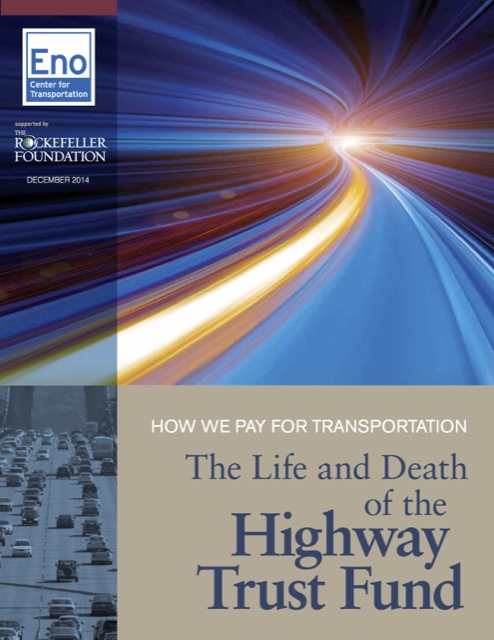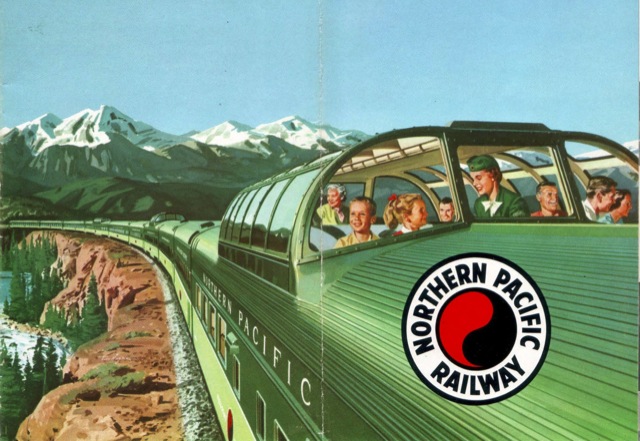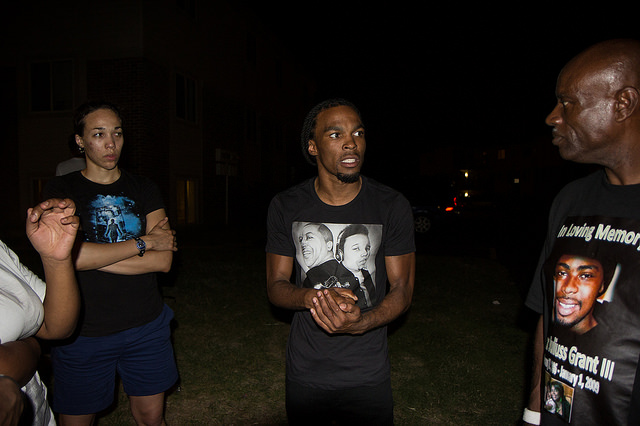Maryland’s Governor-Elect Larry Hogan has promised to cancel the Purple Line, another low-capacity rail boondoggle that would cost taxpayers at least $2.4 billion to build and much more to operate and maintain. The initial projections for the line were that it would carry so few passengers that the Federal Transit Administration wouldn’t even fund it under the rules then in place. Obama has since changed those rules, but not to take any chances, Maryland’s current governor, Martin O’Malley, hired Parsons Brinckerhoff with the explicit goal of boosting ridership estimates to make it a fundable project.
The last time the Antiplanner looked at the Purple Line, the draft EIS (written by a team led by Parsons Brinckerhoff) was out and it projected the line would carry more than 60,000 trips each weekday in 2030. This is far more than the 23,000 trips per weekday carried by the average light-rail line in the country in 2012. Despite this optimistic projection, the DEIS revealed that the rail project would both increase congestion and use more energy than all the cars it took off the road (though to find the congestion result you had to read the accompanying traffic analysis technical report, pp. 4-1 and 4-2).
A few months after the Antiplanner made these points, Maryland published Parsons Brinckerhoff’s final EIS, which had a new, but still optimistic, ridership projection: 65,000 riders per day in 2030. This seems totally unrealistic when compared with light-rail lines today.











